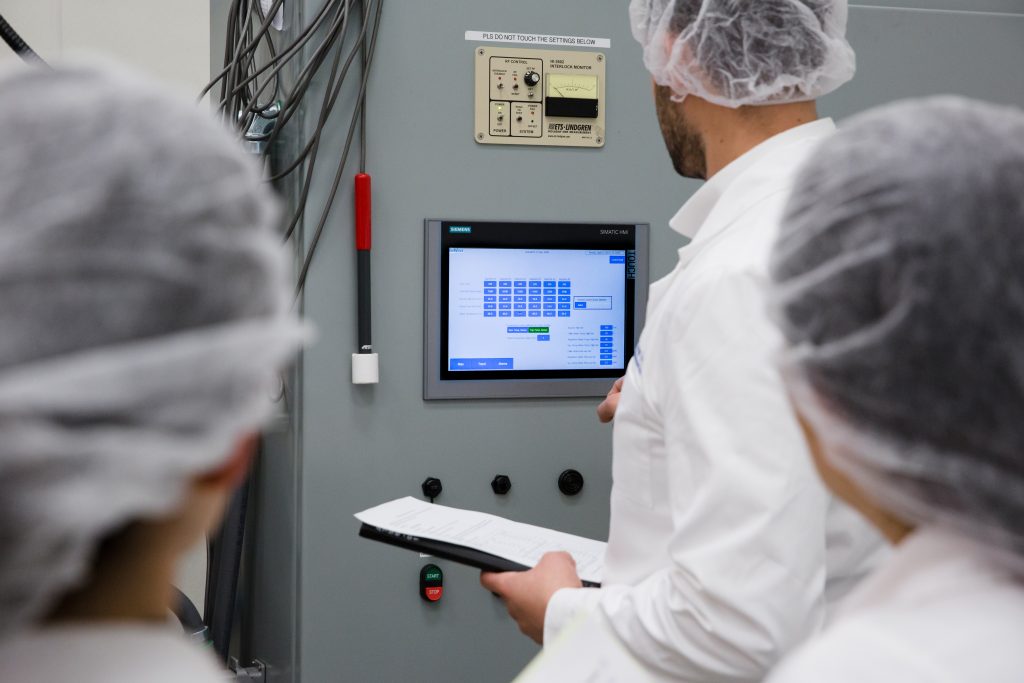Is freeze drying still the future?
For decades, freeze drying was the gold standard for premium dried fruits, snack inclusions, and even complex meal kits, delivering airy texture, vibrant shapes, and impressive shelf life. When you scan Reddit forums or food tech industry discussions today, though, a new wave of ideas is quickly gaining momentum. While commercial freeze dryers and industrial freeze drying machines remain workhorses for many applications, recent conversations and research highlight crucial challenges: high energy use, slow throughput, and sustainability. No wonder that hybrid approaches and advanced alternatives are now at the center of the conversation about the future of food processing and product development.

Why the food industry is rethinking freeze drying
Traditional freeze drying (also known as lyophilization) operates on a simple but resource-intensive principle: foods are first frozen, then dried under vacuum in multi-step cycles that remove water through sublimation. Resulting in a excellent nutrient retention, stable shelf life, and a unique light texture product. But all this comes at a cost: processing times measured in days, high equipment footprint, and industry-leading energy consumption.
As sustainability expectations grow, food manufacturers and startups alike are increasingly looking for food innovation that reduces emissions, slashes utility bills, and gets product to market faster. Reddit threads in r/foodscience and r/foodtech brim with engineers and entrepreneurs swapping notes on hybrid drying technology, process intensification, and the quest for “crunchy, shelf-stable, but energy-light” snacks.
Hybrid and combined drying: A new trend
One of the most intriguing trends surfacing on both Reddit and at industry conferences is the rise of combined or hybrid drying solutions. These “best of both worlds” approaches often begin with freeze drying or another preparatory stage, and finish with rapid, gentle steps like vacuum microwave drying (VMD). This marriage of old and new can lead to:
- Dramatic energy and cost savings
- Far shorter cycle times (minutes and hours, not days)
- Better color and texture retention (think vibrant, not washed out)
- Greater process flexibility to meet changing demand
A peer-reviewed study in 2025 found that microwave freeze-drying (MFD) reduced drying time by more than 80% compared to conventional freeze drying, while also delivering excellent texture and moisture control, advantages that boost the appeal of next-gen dumplings, snacks, and ready meals.
Hybrid methods like VMD are now popping up in major manufacturer R&D pipelines, bridging the gap between efficiency and quality.
The move toward sustainability in dehydration
Energy use impacts both operational costs and environmental sustainability. Industry analyses reveal that while freeze drying delivers premium quality, it routinely consumes orders of magnitude more energy per kilogram than competing methods. For example, one study found that freeze drying consumed 15.09 kWh per cycle, compared to just 1.27 kWh for vacuum microwave drying, a nearly 90% reduction in energy needs.
For operations looking to reduce their carbon footprint, this is a game-changer. It’s why sustainability-minded processors are increasingly adopting more energy-efficient hybrid technologies. These systems also support better emissions reporting and can help brands meet retailer or regulatory standards for sustainable production.
How product quality is evolving
Freeze drying’s reputation for supreme shelf life and nutrient retention is well earned. But as Redditors and professionals note, real-world results show that newer hybrid and advanced technologies can match or improve key quality attributes:
- Color retention: Vacuum microwave drying often preserves brighter, more natural hues. For example, strawberries processed with VMD retain their deep red, while classic freeze dried versions look pale or mottled.
- Texture flexibility: Freeze dried products are airy and spongy, but not always crunchy or chewy. Modern approaches allow for crisp, satisfying bites, favored in trending snacks.
- Aroma and flavor: While freeze drying excels, advanced dehydration can also maintain more complex aromas, appealing to foodies and chefs.
Combined approaches allow manufacturers to customize the process for unique recipes, ensuring quality isn’t sacrificed for efficiency.

What reddit, media, and the data say
Across r/foodscience, r/startups, and vertical B2B media, there’s a marked excitement for vacuum microwave drying, and related tools. Startups share pilot results where traditional freeze drying was “unscalable and slow,” making VMD or combo methods their preferred solution for bringing new dried fruit snacks, protein crisps, and premium inclusions to market. Large brands, too, are investing in real-world trials of hybrid machines to cut emissions and meet their public sustainability promises.
Scientific literature supports these changes. Combined microwave and traditional convective methods (MCD), for example, have “significantly enhanced the drying effectiveness, efficiency, and energy profile” of next-generation shelf-stable foods.
The evolution of drying technology
Modern microwave drying equipment, like EnWave’s Radiant Energy Vacuum (REV™), gives producers options once thought impossible: rapid processing, low energy costs, gentle moisture removal, and consistent scale-up. Some choose VMD as a standalone solution; others weave it into a multi-stage system for maximum process and product innovation.
By offering a spectrum of possibilities from small-batch prototyping to efficient commercial food drying next-wave dehydration is fueling category expansion for healthy snacks, ready meals, and functional foods. Brands no longer have to pick only between “freeze dried” or “conventionally dried,” but can choose drying technology tailored to their goals. Be it shelf life, clean label, vibrant color, or climate reporting.
Beyond freeze drying for a new era
Advancing shelf-stable and functional foods means building on freeze drying’s strengths while overcoming its limits with faster, greener, and more flexible methods. As Reddit, peer reviewers, and food industry leaders signal, the next generation will be defined by hybrid and advanced methods balancing taste, nutrition, time, and sustainability.
If your business is searching for better alternatives to the standard industrial freeze dryer or looking to innovate your product development pipeline, now’s the moment to explore what’s next. Food tech is evolving, shouldn’t your snacks and process evolve too?
Explore more about advanced drying technology, sustainability, and product breakthroughs at enwave.net or contact us.


